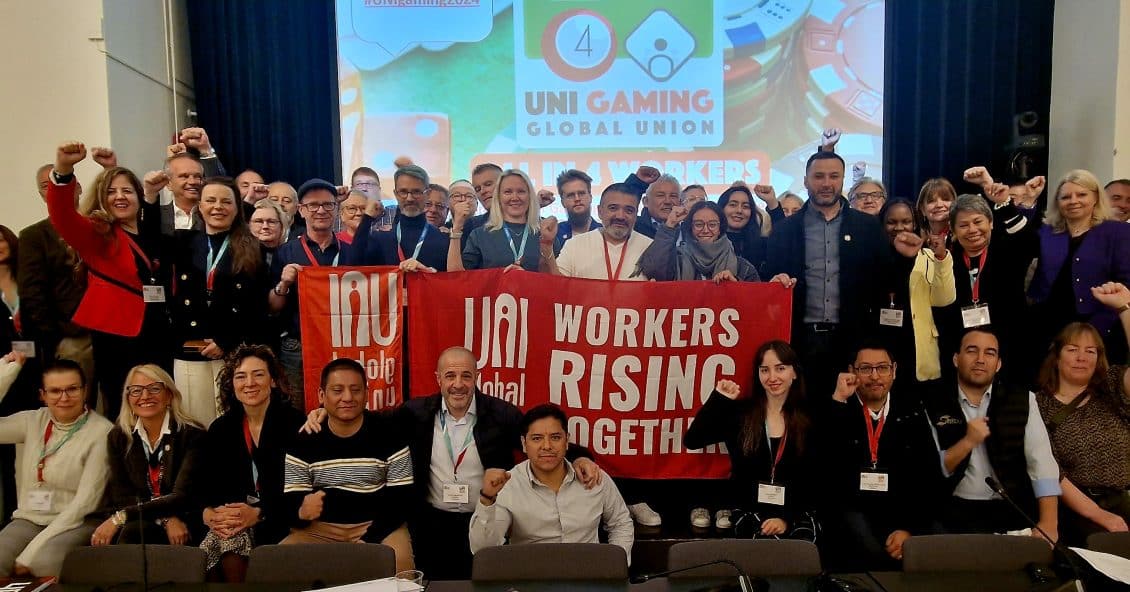Amazon’s warehouse wage woes: new study exposes severe pay discrepancies
28.09.23
A new report by the U.S.-based National Employment Law Project (NELP), released on Tuesday, reveals Amazon’s pay is “inadequate compared to other warehouse employers and insufficient for workers to approach even average earnings in the counties where they work.”
The study, titled “A Good Living: Amazon Can and Must Make a Middle-Income Livelihood Possible,” uses U.S. Census data to uncover that warehouse workers in counties where Amazon operates earn 26 percent less than the average monthly earnings for all workers in those counties.
Compared to warehouse workers in counties without Amazon’s presence, warehouse employees in “Amazon counties” earn approximately 18 per cent less, around US$822 less a month.
“This is precisely what unions have been saying all along: Amazon drags down wages for warehouse workers. Amazon likes to brag about its starting pay- but the reality is that the company puts a decent living out of reach for all warehouse workers in the areas in which it operates. Only a strong union and collective bargaining will change that,” said Christy Hoffman, UNI Global Union’s General Secretary.
NELP Senior Researchers and Policy Analysts Irene Tung and Yannett Lathrop authored the study, and they shed light on the substantial influence Amazon’s presence has on lowering average income and urged the multinational tech giant to leverage its resources to offer U.S. workers a path out of financial precarity.
“Amazon has gotten away with such low pay for incredibly grueling work by taking advantage of people’s economic vulnerability and the lack of job opportunities in many places around the country. But with the vast resources at its disposal, Amazon could instead offer U.S. workers a real lifeline out of insecurity and having to live from hand to mouth,” said Tung.
Amazon’s recent announcement to raise minimum starting pay to US$17 an hour for warehouse workers does address the problems in the report. The authors note that considering inflation, this purported “raise” is less valuable in real terms compared to Amazon’s previous US$16 starting pay in 2022.
Additionally, the report illustrates the disproportionate impact of Amazon’s subpar wages on its predominantly Black and Latinx frontline workers, who represent a significant portion of its U.S. workforce. “Amazon’s pay policies may be reinforcing and perpetuating labour market inequities across the U.S.,” Lathrop emphasized.
In the study, NELP proposes recommendations, urging Amazon to support workers’ rights to organize and to increase pay by at least 25 per cent, which would align worker’s wages closer to a middle-income standard. Additionally, the study calls for transparency from Amazon regarding pay and racial equity data.
These voices of Amazon employees within the report underscore the urgent need for Amazon to transform its approach to unions and worker welfare. Wendy Taylor, an Amazon warehouse worker, shared her ongoing struggle to make ends meet, emphasizing, “Every day is a struggle…That’s why I’m fighting for a union and joining my coworkers in demanding a raise at Amazon.”
The report was released in partnership with groups around the country, including ALIGN, Athena Coalition, the Awood Center, Make the Road New Jersey, Missouri Workers Center, Philadelphia Jobs with Justice, the Retail Wholesale and Department Store Union, Warehouse Workers for Justice, Warehouse Workers Resource Center, and United for Respect.


